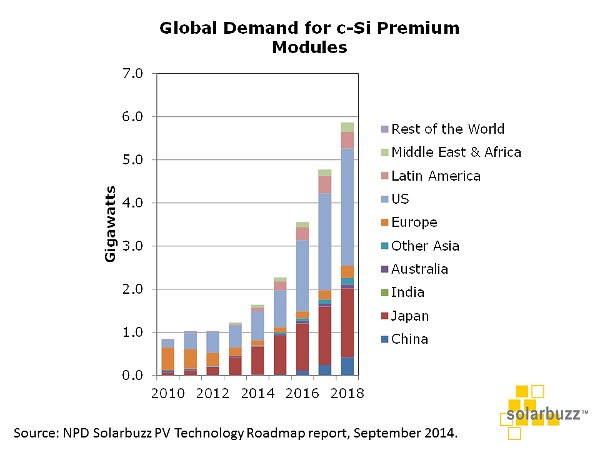Why P
Post on: 11 Июнь, 2015 No Comment

What is a share of XYZ Company’s common stock worth? The relationship between value and price is one of the enduring mysteries of financial markets – put three brokers, bankers or fund managers in a room together and you’re likely to get five opinions on the subject. Almost certainly, though, at some point in the discussion the phrase “P/E ratio” will make an appearance. P/E, of course, stands for Price/Earnings, and it is one of the fundamental tools investors use to estimate value when it comes to investment analysis . Certainly the math is not too intimidating: all you need is the company’s share price and its earnings per share (EPS), both of which are readily available from any decent financial website. However oftentimes in finance the things that seem simplest on the surface reveal layers of complexity underneath. So it is with the P/E ratio.
What does the P/E ratio mean?
The P/E ratio essentially tells us how much investors are willing to pay for a dollar of XYZ Company’s earnings. Depending on the calculation methodology employed, the historical average P/E for the S&P 500 (going back to the late 1800s) is about 16x, give or take. So as a rule of thumb it may be fair to say that investors are generally disposed to pay $16 for each dollar of a company’s earnings. This gives investors a reference point: if the P/E for the S&P 500 is lower than 16 it may mean that stock prices on average are lower than we would expect relative to earnings, and so it might be a good time to buy more stocks on the expectation that they will rise. In the most basic sense this is what value investors do – look for “bargains” relative to where the P/E or another valuation metric like P/B (price-to-book) indicates they should be trading. Conversely, if the S&P 500 P/E is a lot higher than 16 it may be an indication that stocks are overvalued and due for a correction. Towards the end of the go-go technology bull market in 1999 P/E ratios on the S&P 500 were consistently over 40x, a historical anomaly that in hindsight was sending a strong cautionary signal (that few people bothered to take note of at the time…).
How is the P/E ratio calculated?
Investors look at two measures of P/E: one based on historical earnings and the other based on estimated future earnings. These tell us different things.
A simple historical earnings calculation is to apply a company’s 12 month trailing earnings to the denominator of the equation. Say that XYZ Company reports its results for the second quarter ended June 30. It discloses that net income per common share outstanding (i.e. EPS) was $1.25 for the twelve months ended June 30. XYZ’s stock closed yesterday at $25 per share. So the P/E ratio based on TTM (twelve months’ trailing earnings) is 20x.
Should you buy, sell, or do nothing with XYZ stock? Well, that depends on a number of factors. But one factor investment analysts consider very important is what XYZ’s P/E is based on expected future earnings . Well great, you say, but who knows what XYZ is going to do in the future? We don’t have crystal balls, after all. Ah, but we do have something else, and that something is called I/B/E/S (Institutional Brokers Estimate Service). I/B/E/S is a service that aggregates the earnings estimates of securities analysts who work for brokerage houses and releases “consensus” estimates to market professionals. Brokerage houses employ securities analysts to provide research coverage on the companies whose securities they underwrite and trade. Analysts study their companies in great detail and provide extensive rationales for their growth and profitability prospects.

For example the analysts covering XYZ Company may have concluded that it has a very favorable outlook for earnings growth in the next 12 months and that expected EPS at that time will be $1.75. The 12 month forward P/E would thus be 14.3x based on today’s stock price – perhaps indicating a favorable case for buying more XYZ.
PEG stands for P/E to Growth and it is a favored metric among growth investors. The calculation is simply the P/E ratio itself divided by the long-term growth estimate (another figure supplied by securities analysts in the course of their work). For example XYZ’s 5-year average annual growth estimate may be 10%. The PEG calculation based on the 12 month forward P/E of 14.3 would be 14.3/10 = 1.43. For growth investors a low PEG can be a key buy signal.
Always remember that P/E ratios are most meaningful as a relative benchmark – relative to historical means, relative to industry sector peer group, relative to the market as a whole and so forth. The ratio is only one data point to consider in assessing a stock’s value-price relationship, but it is an important one to understand.
Jemstep is an online service that provides expert investment advice customized to your individual goals and risk considerations, with simple and straightforward guidance through each step of your investment planning. Sign up today to get your retirement on track.














